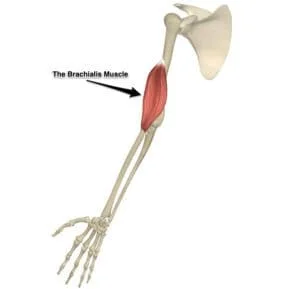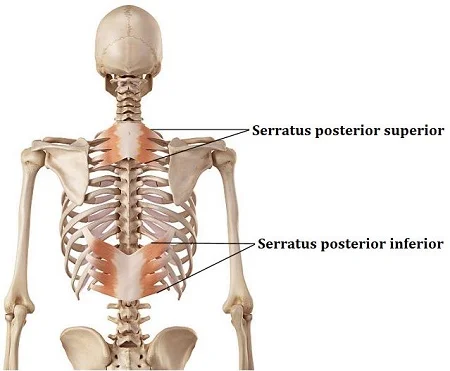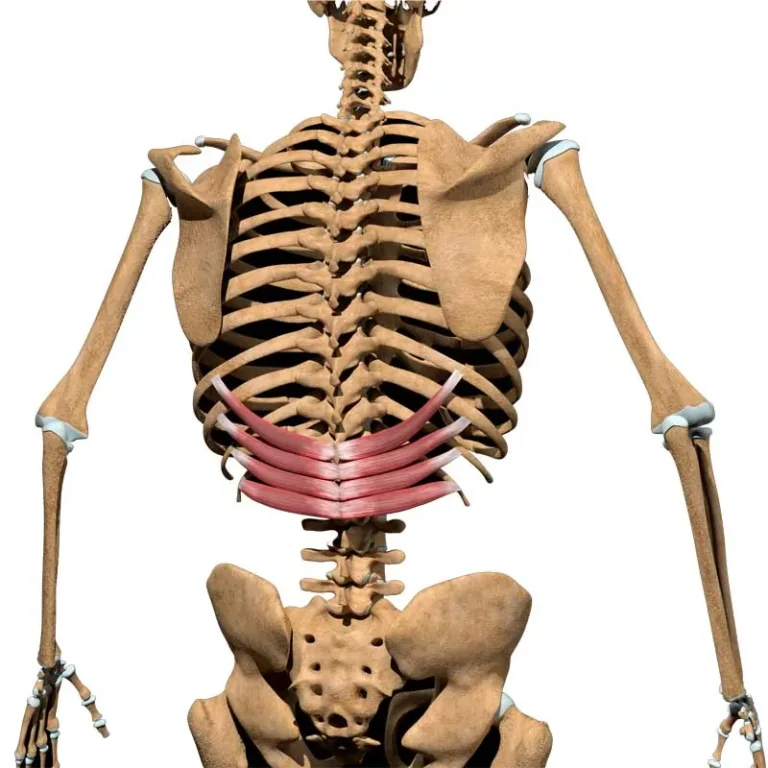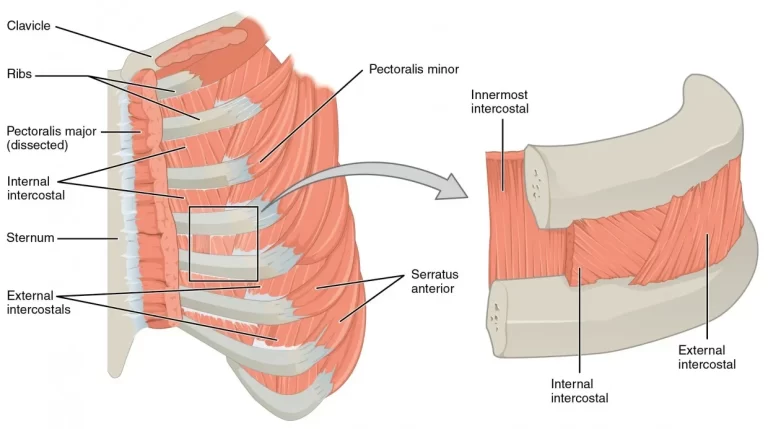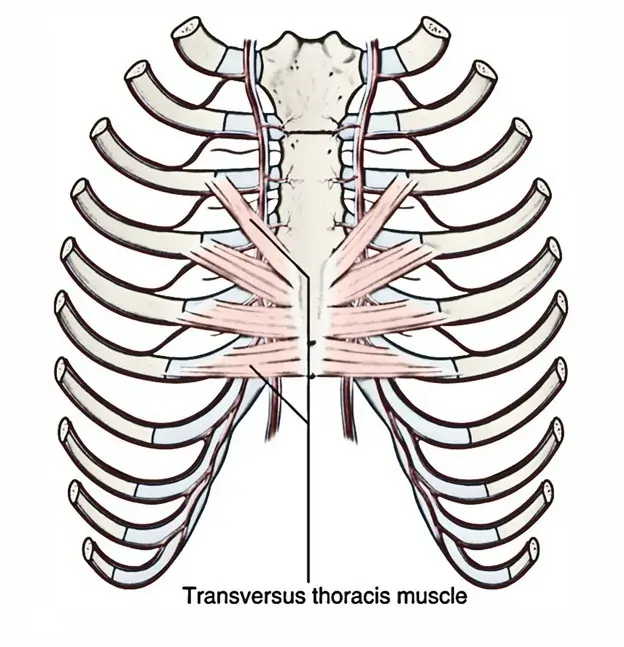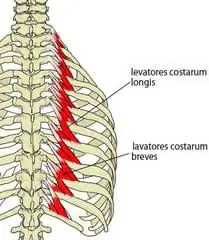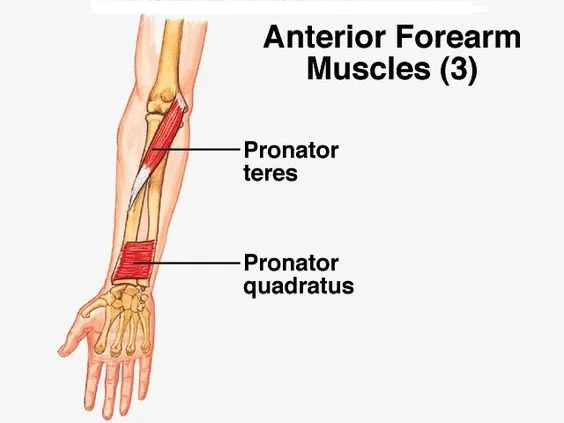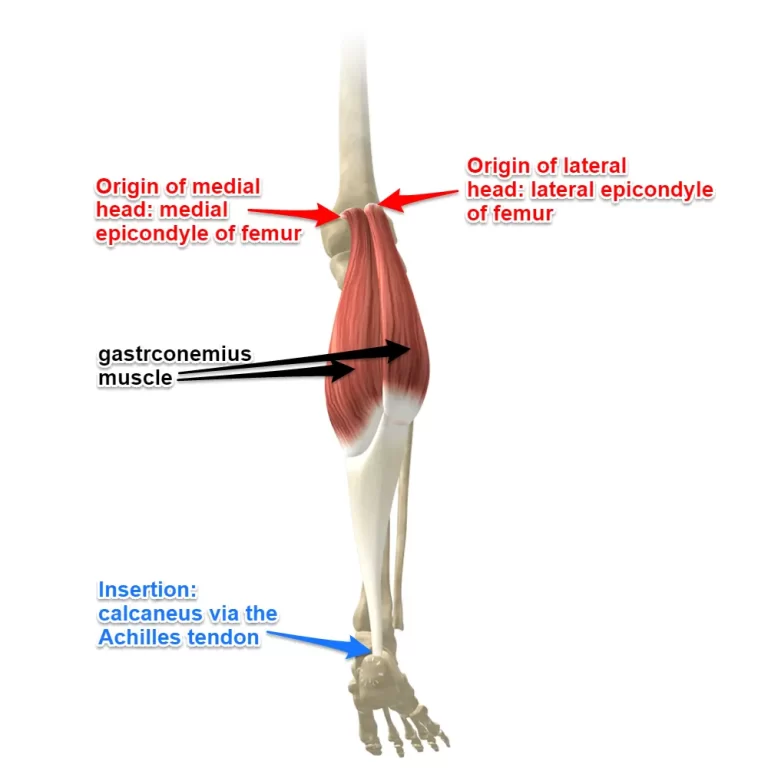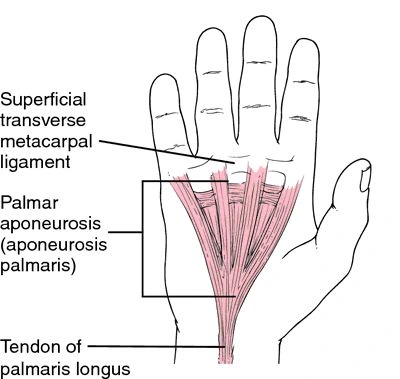Brachialis Muscle
Introduction The brachialis muscle is the elbow joint’s primary flexor. It has a fusiform shape and is positioned in the arm’s anterior (flexor) compartment, close to the biceps brachii. It is periodically divided into two portions and may combine with fibres from the biceps brachii, coracobrachialis, or pronator teres muscles. Structure Origin The distal part of…

